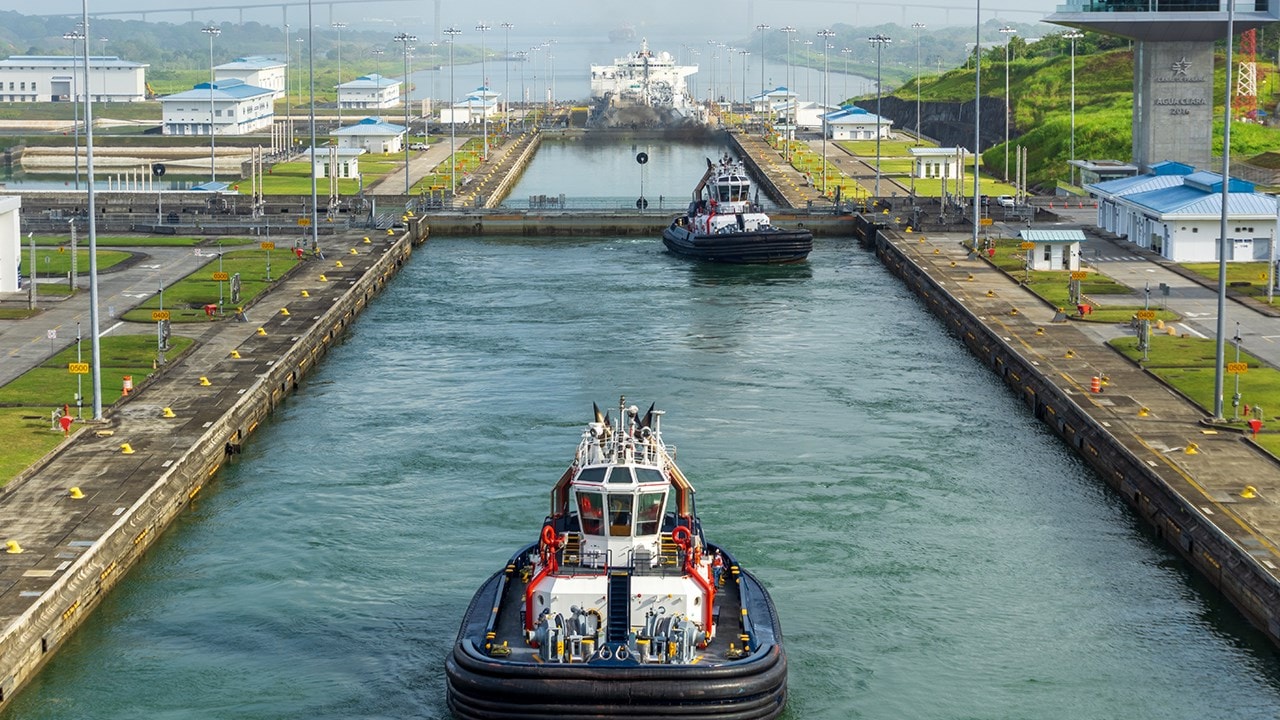Panama Canal - Green Vessel Classification System
The Panama Canal is one of the most essential waterways in the world, connecting the Atlantic and Pacific Oceans and facilitating the transportation of goods between them. In recent years, the Panama Canal Authority (ACP) has taken important steps towards sustainability and environmental responsibility, with two key initiatives being the Panama Canal Green Route Plan 2050 and the Carbon Neutrality Commitment by 2030.
The Panama Canal Green Route Plan 2050 is a long-term strategy to reduce the canal's carbon footprint and promote sustainable practices. The plan includes a range of initiatives, such as reducing emissions from vessels passing through the canal, developing renewable energy sources, and implementing more efficient water management practices. The plan's primary goal is to reduce greenhouse gas emissions from the canal's operations by 2030 and achieve carbon neutrality by 2050.
To achieve these goals, the ACP is implementing a range of measures, such as optimising the use of tugboats to reduce fuel consumption, implementing shore power systems to enable vessels to plug into the grid and reduce emissions while waiting to transit the canal, and promoting the use of cleaner fuels such as liquefied natural gas (LNG) and biofuels. The canal is also exploring using solar and wind power and other renewable energy sources to reduce its reliance on fossil fuels.
In addition to the Green Route Plan, the ACP has committed to achieving carbon neutrality by 2030, meaning that the canal's operations will not contribute to global greenhouse gas emissions, and any remaining emissions will be offset through the purchase of carbon credits or other measures. Achieving carbon neutrality will require significant efforts from the canal authority and its partners, including the shipping industry, but it is a crucial step towards a more sustainable future.
At the end of March 2023, the ACP released an Advisory to Shipping No. A-12-2023, announcing the implementation of the Green Vessel Classification System, designed to encourage the use of environmentally friendly ships that reduce greenhouse gas emissions and promote sustainable shipping practices.

Subsequently, from 01 May 2023, the ACP will require the following mandatory documentation to be provided by vessels that are over 38.1 metres before they commence their intended transit of the canal:
- International Energy Efficiency Certificate (IEEC) and its supplement Record of Construction relating to Energy Efficiency issued by a Classification Society and submitted through the Maritime Single Window Application, and it shall be verified.
- Bow thruster (horsepower) / Arrival displacement ratio, which must be submitted before the vessel's first transit; from then on, the operational status must be confirmed for each transit.
- To verify the usage of zero-carbon fuels, the bunker delivery note (BDN) for the utilised fuel during transit must be provided and is to be submitted through the same application done for the IEEC information.
However, some vessels are exempt such as warships, dead tows, small crafts, and vessels that are less than 1,000 PC/UMS tons or 1,000 tons of displacement.
The data collected from these submissions will be utilised to develop a database that enables the ACP to evaluate the technical, environmental, and technological features of vessels that transit through it. Moreover, the database will aid in detecting patterns or tendencies in using specific technologies for manoeuvrability and efficiency, which could affect the concentration and operation of ships at proposed levels in the Green Connection Environmental Recognition Program.
Members requiring further guidance should contact the Loss Prevention Department.
